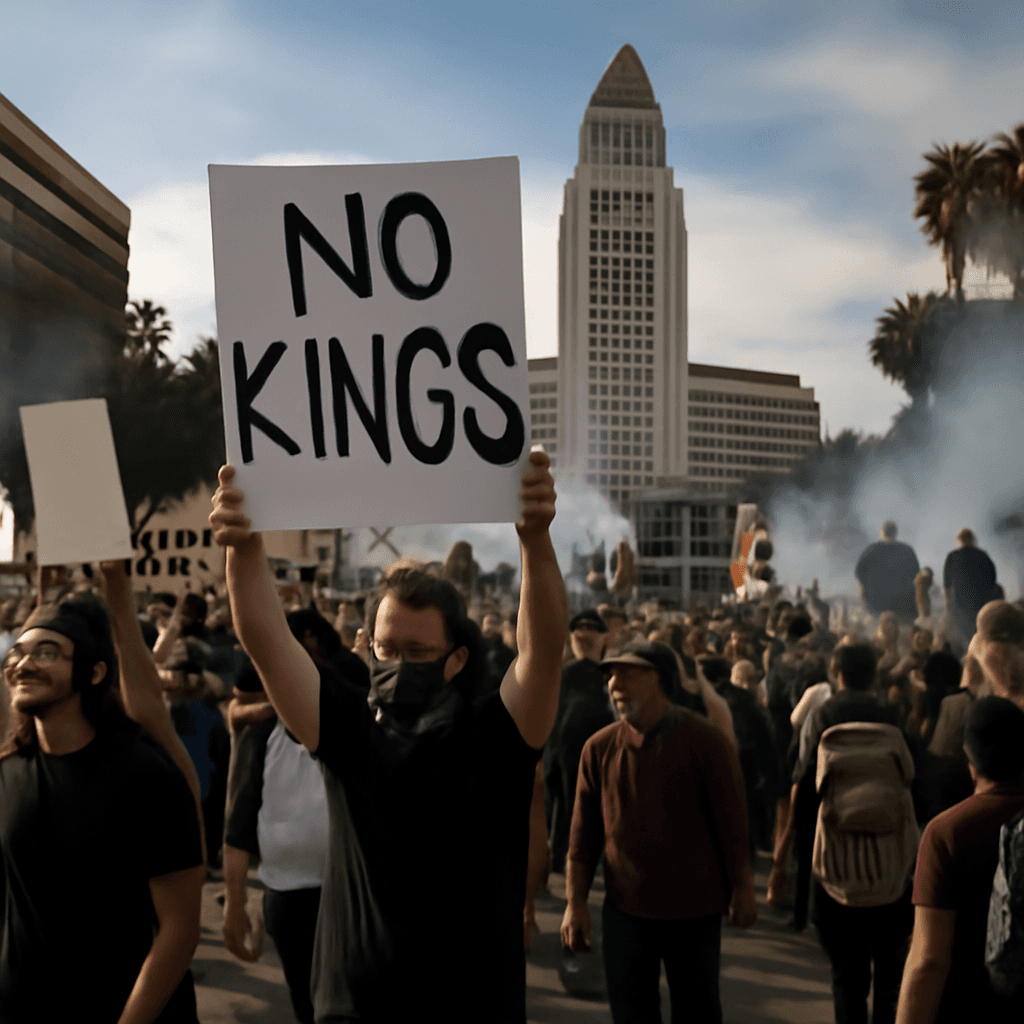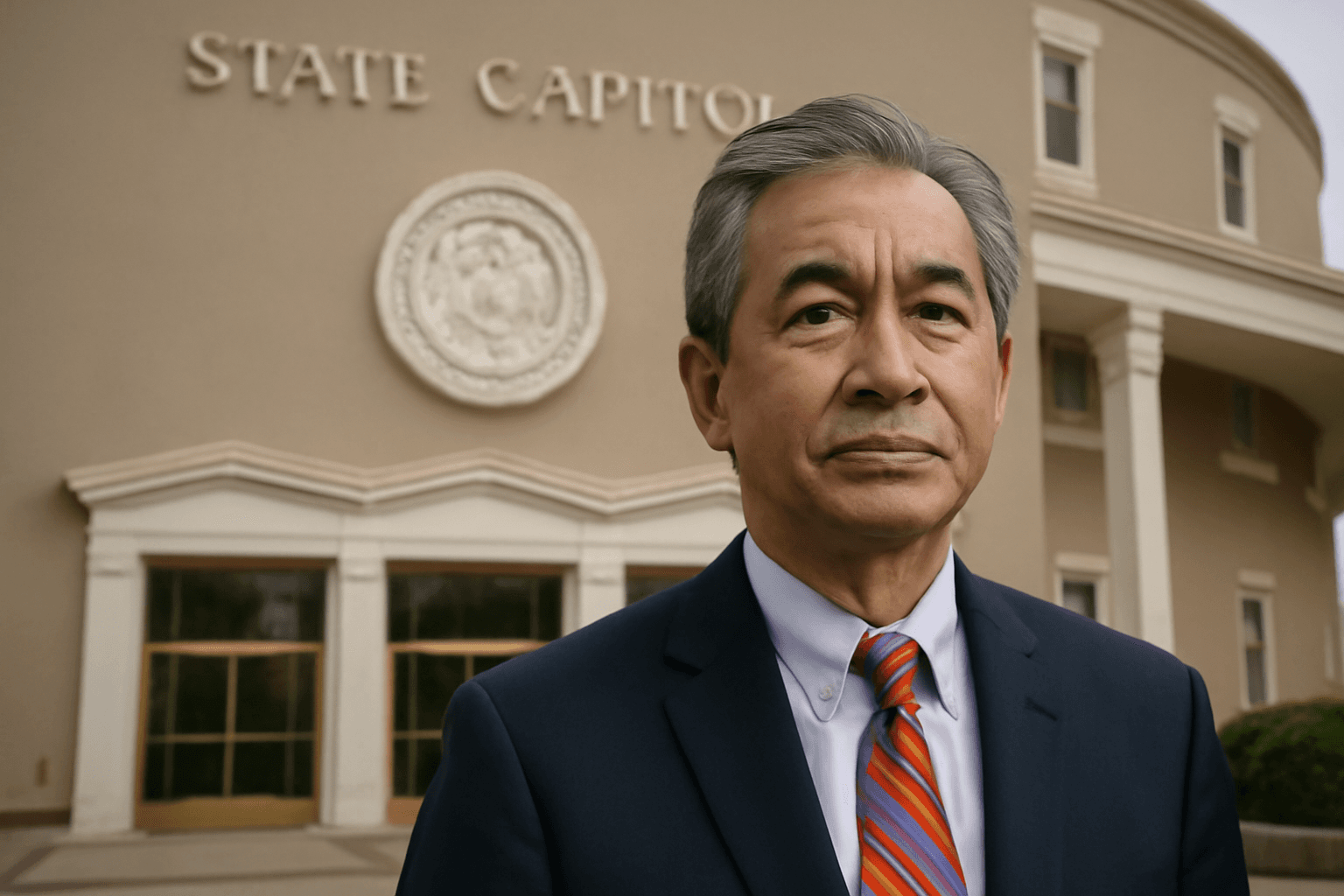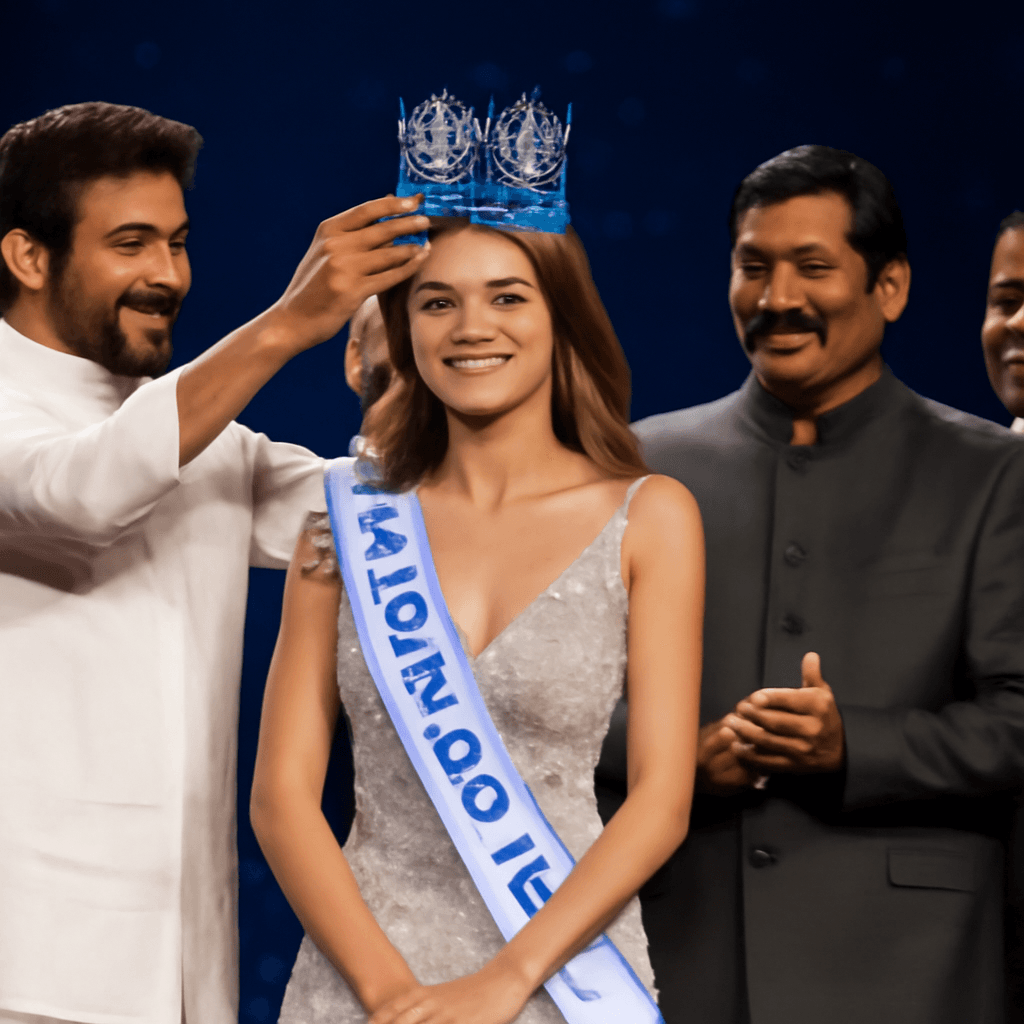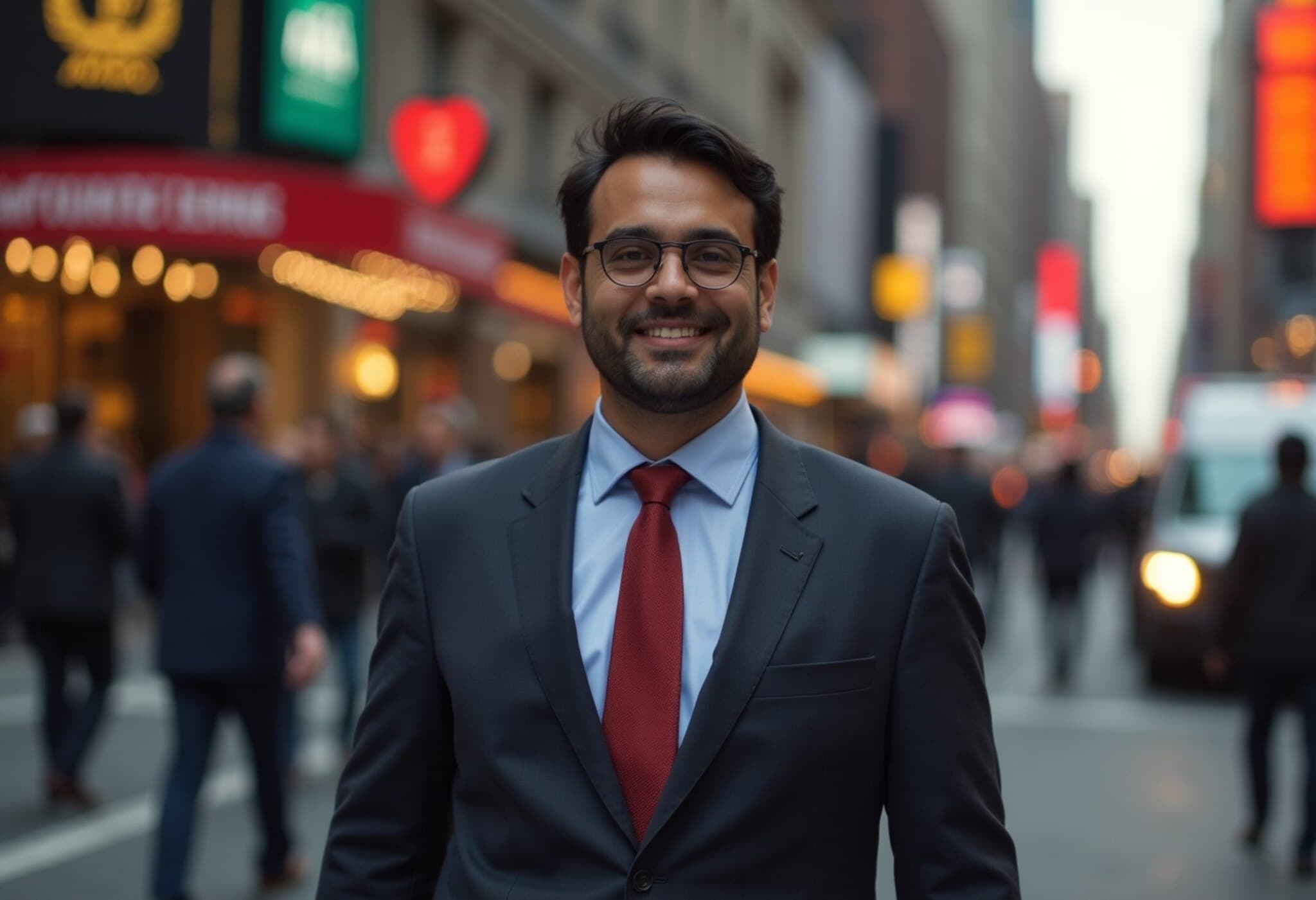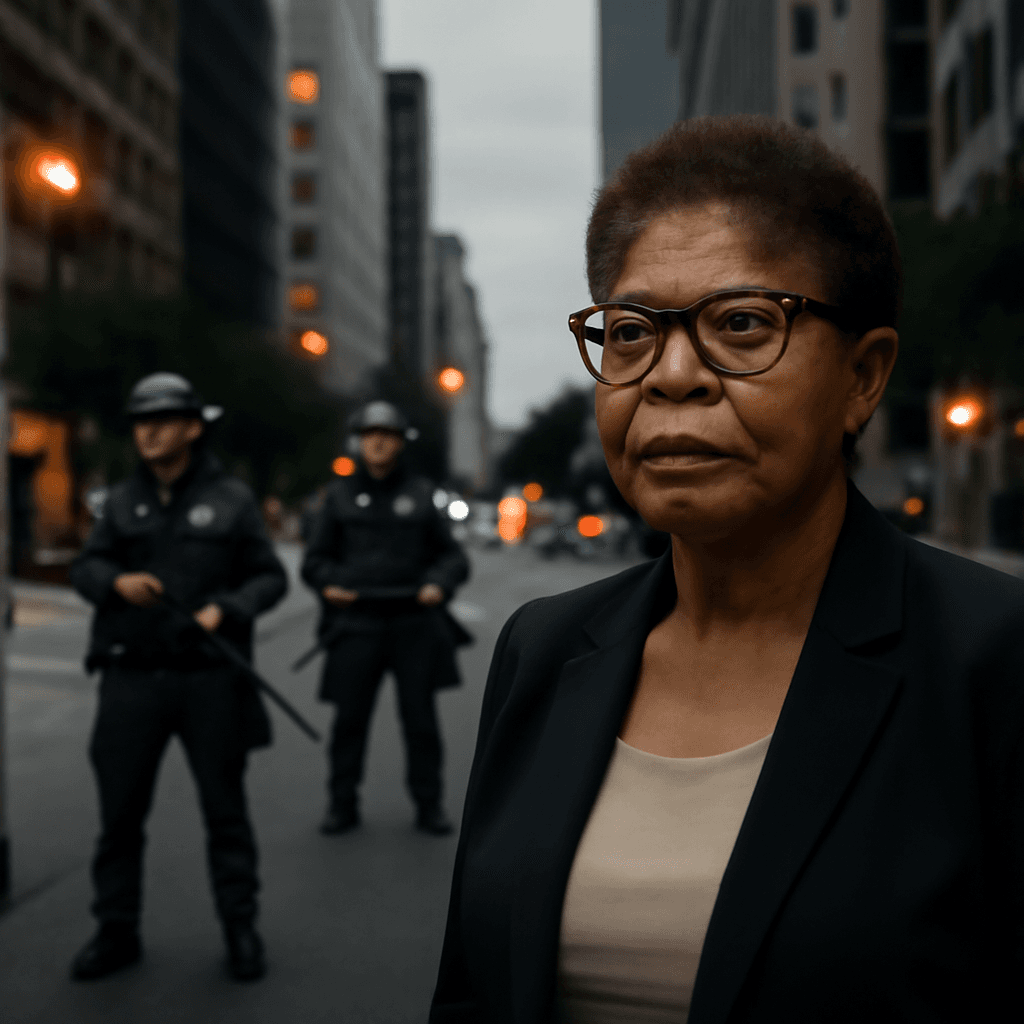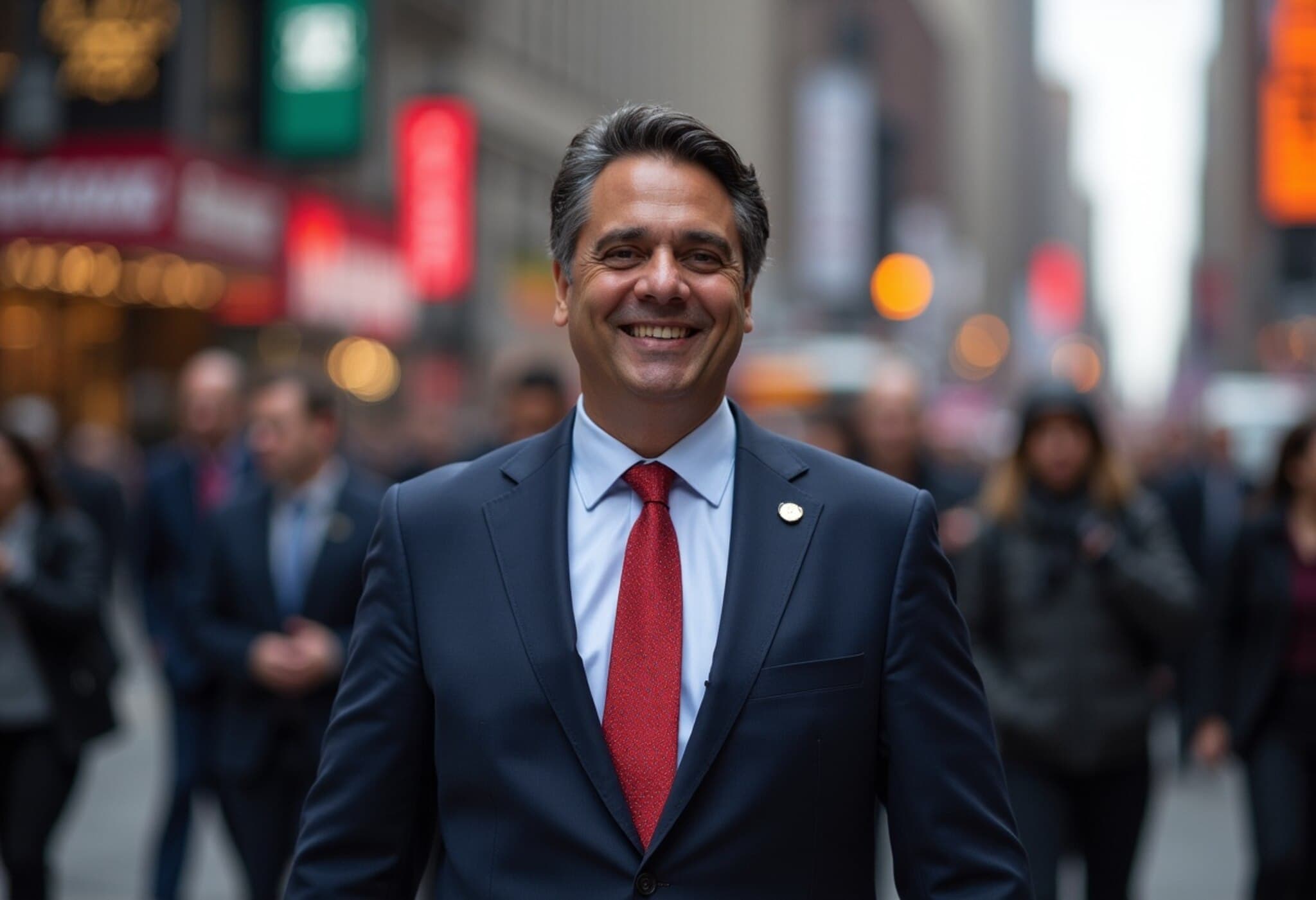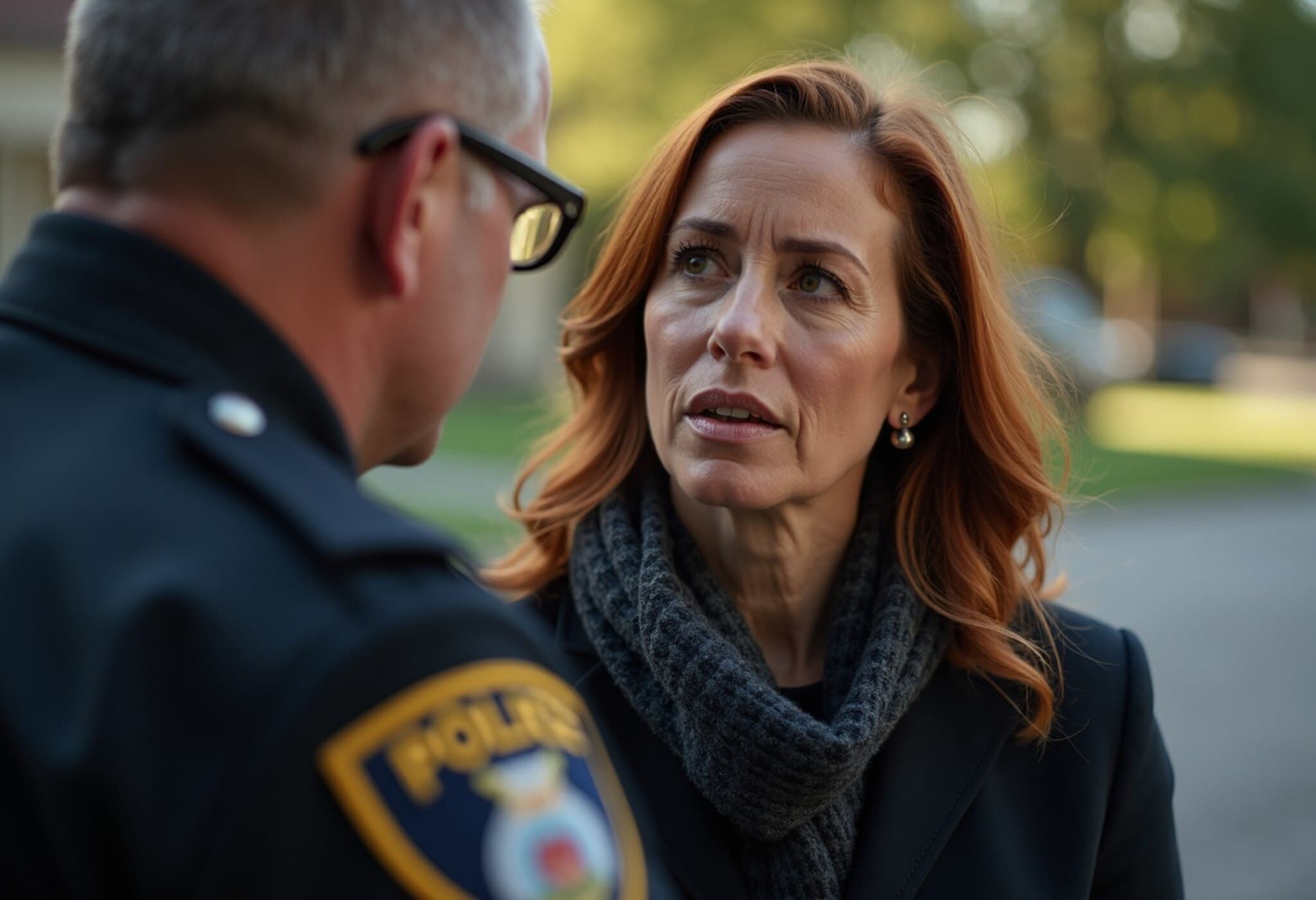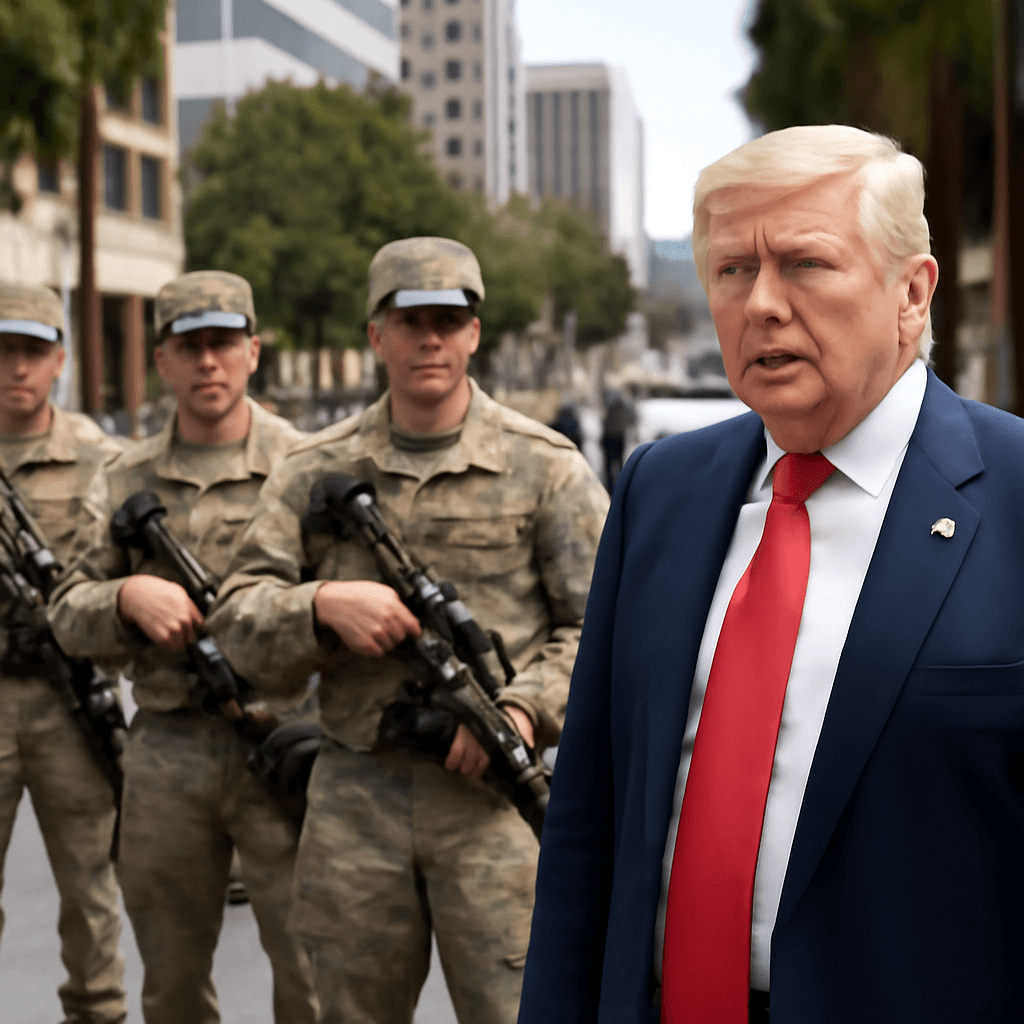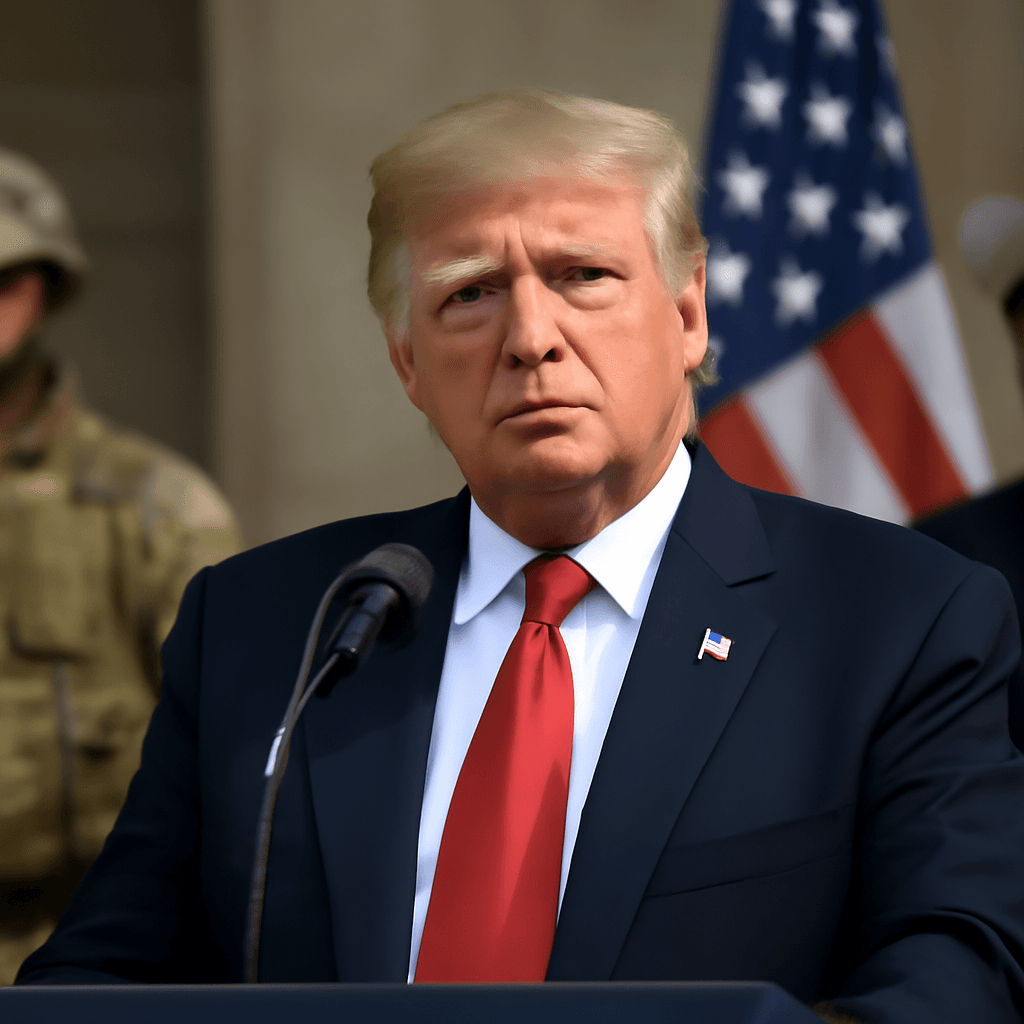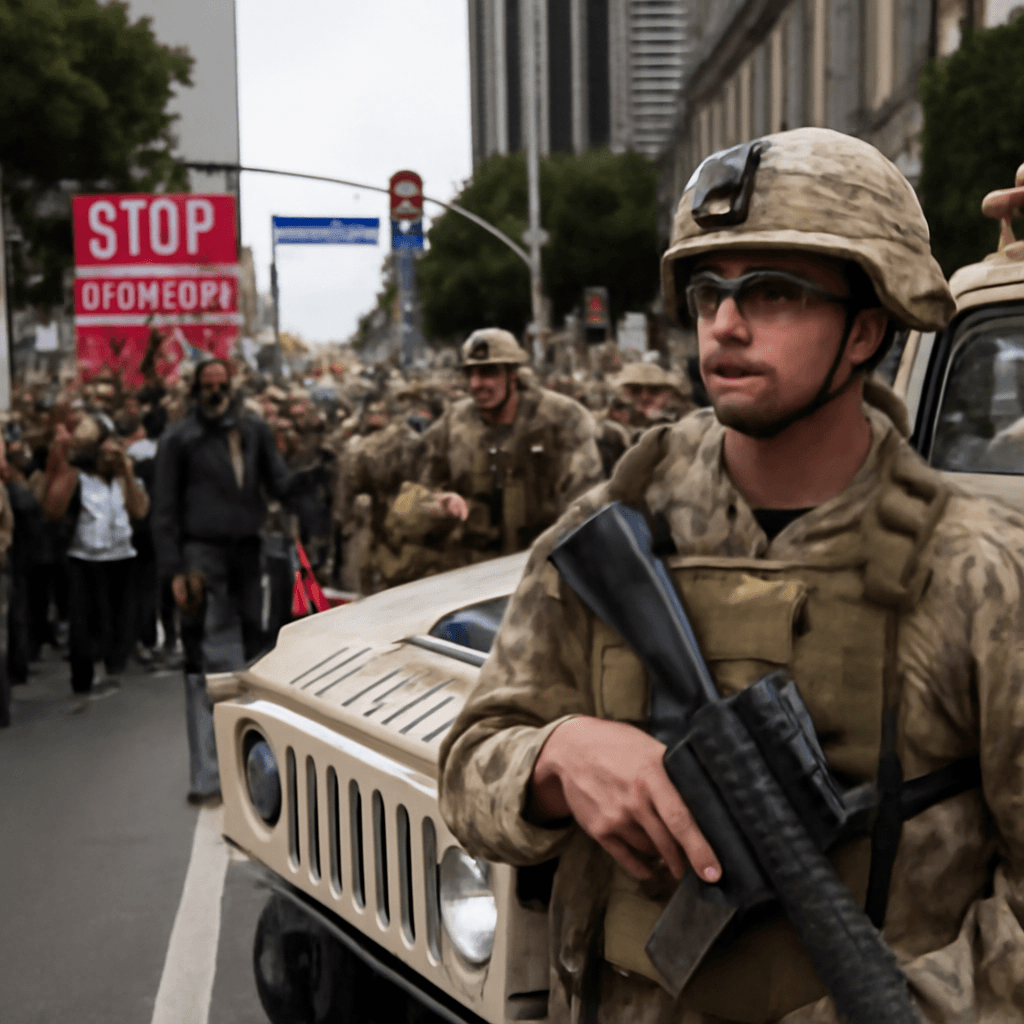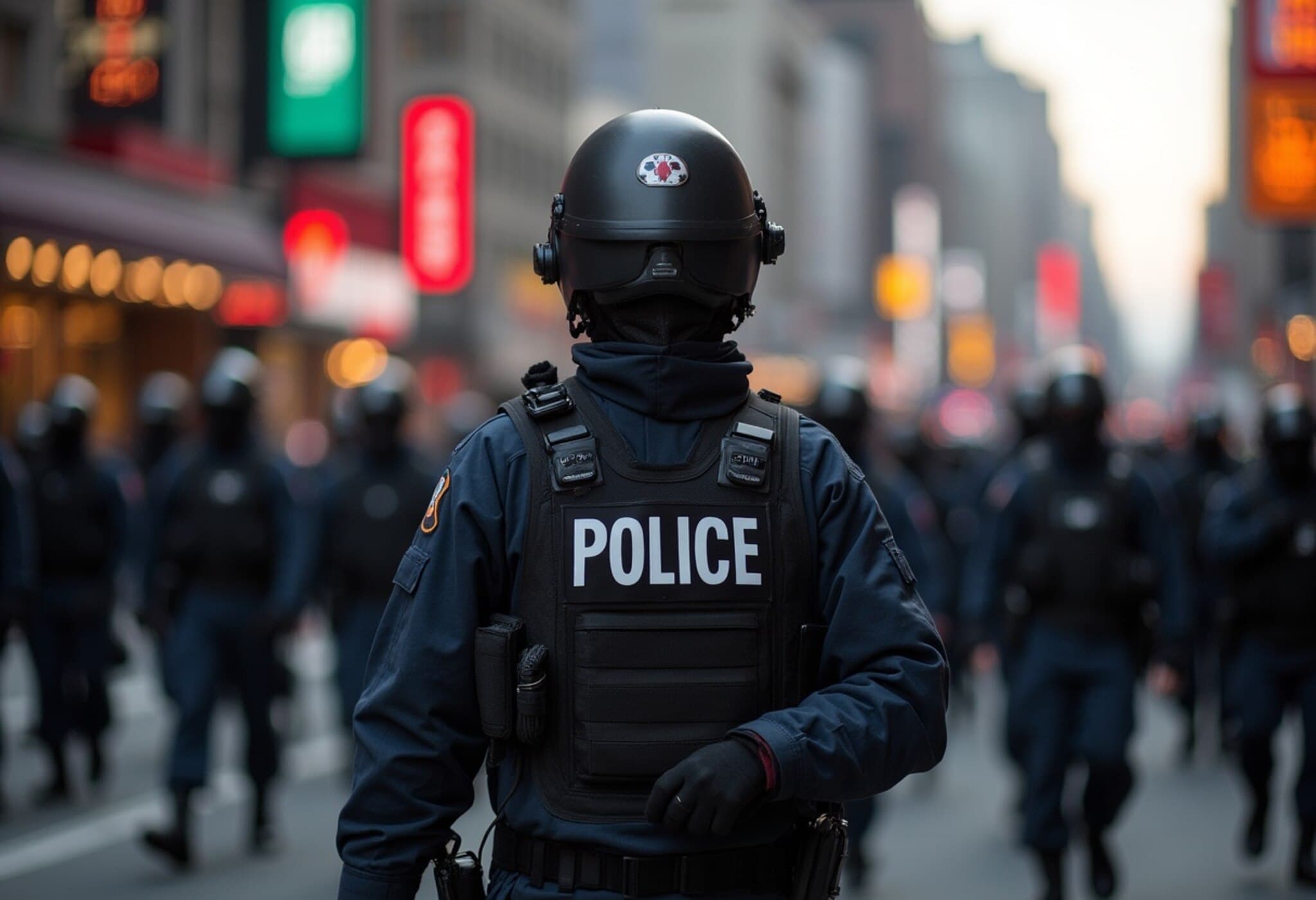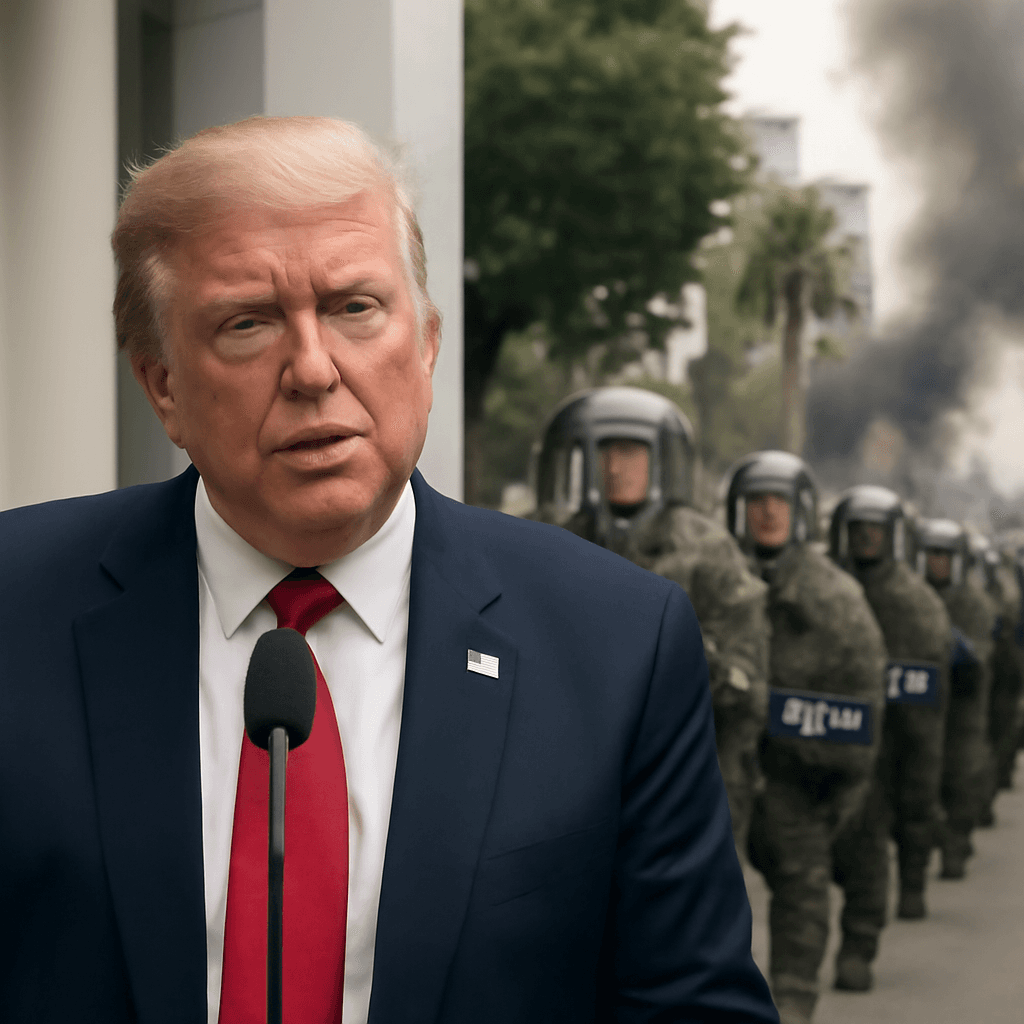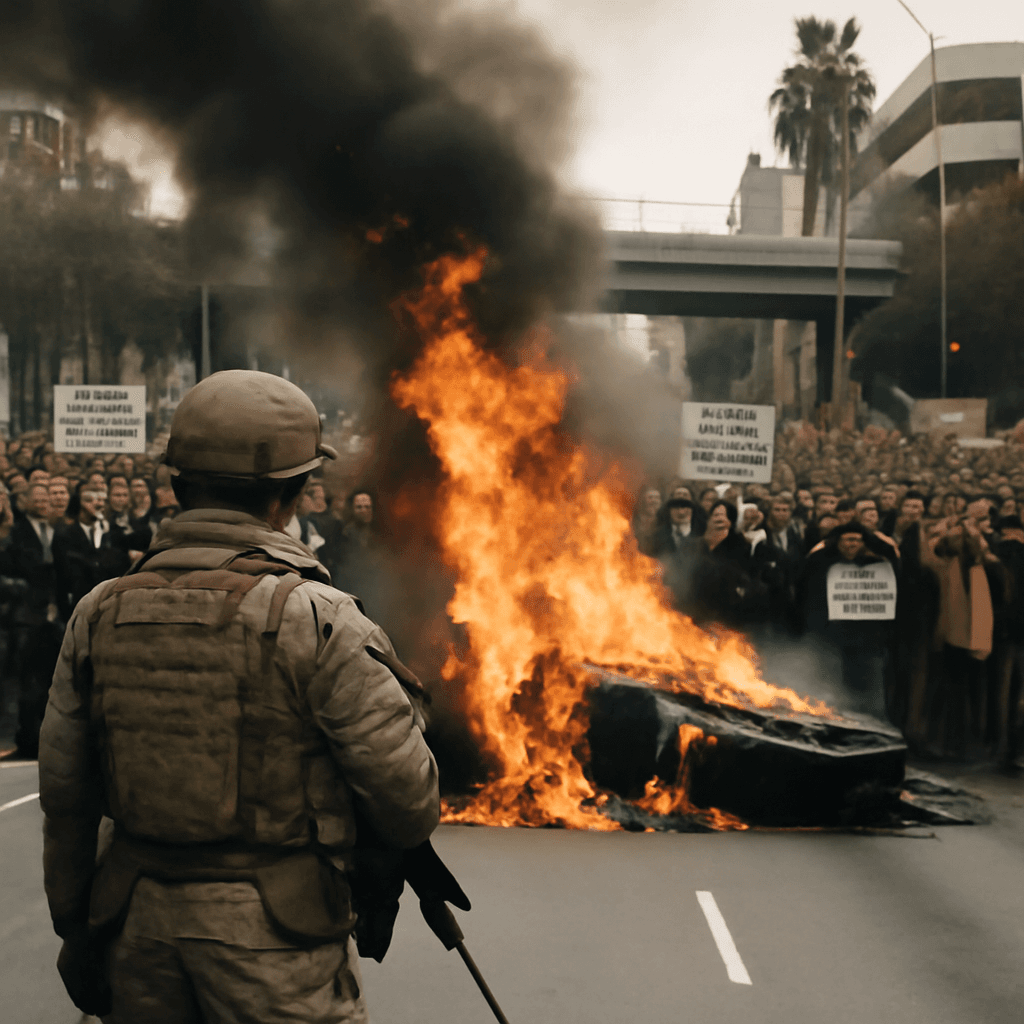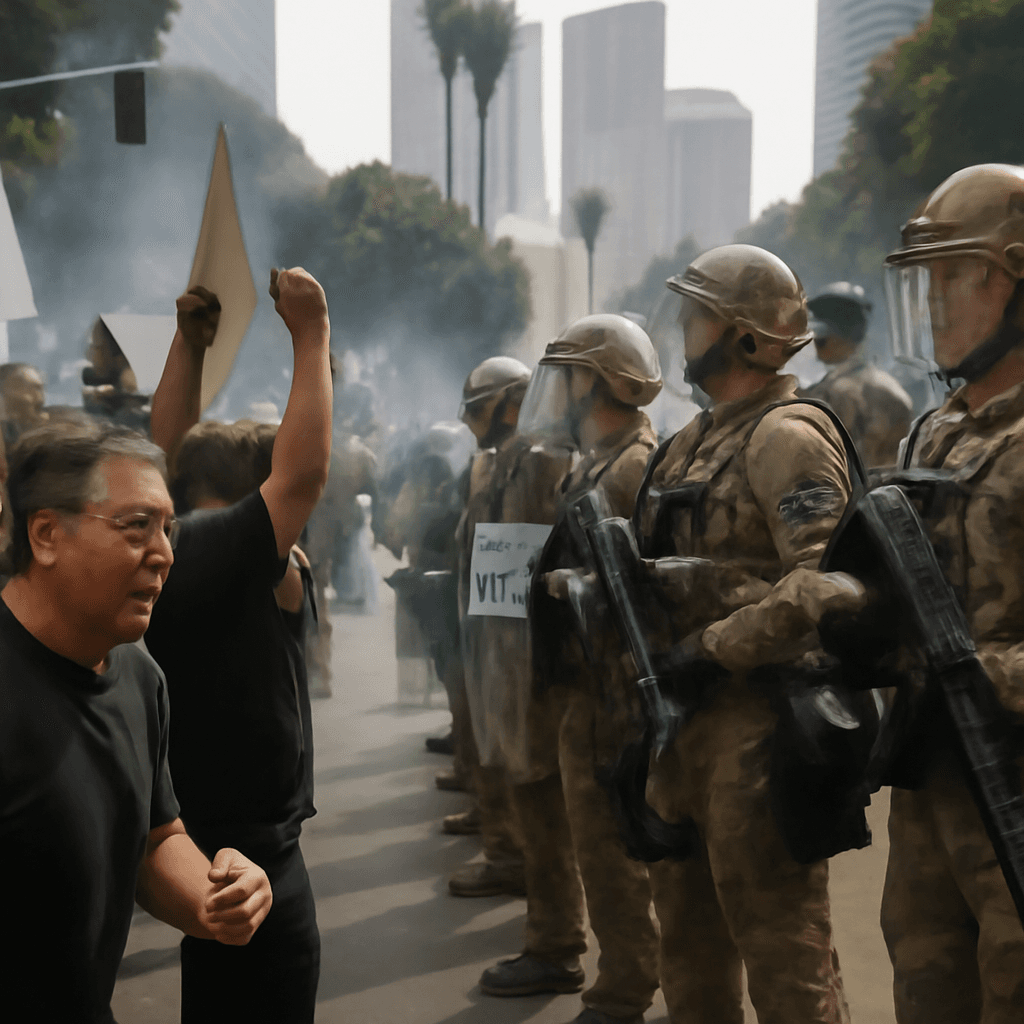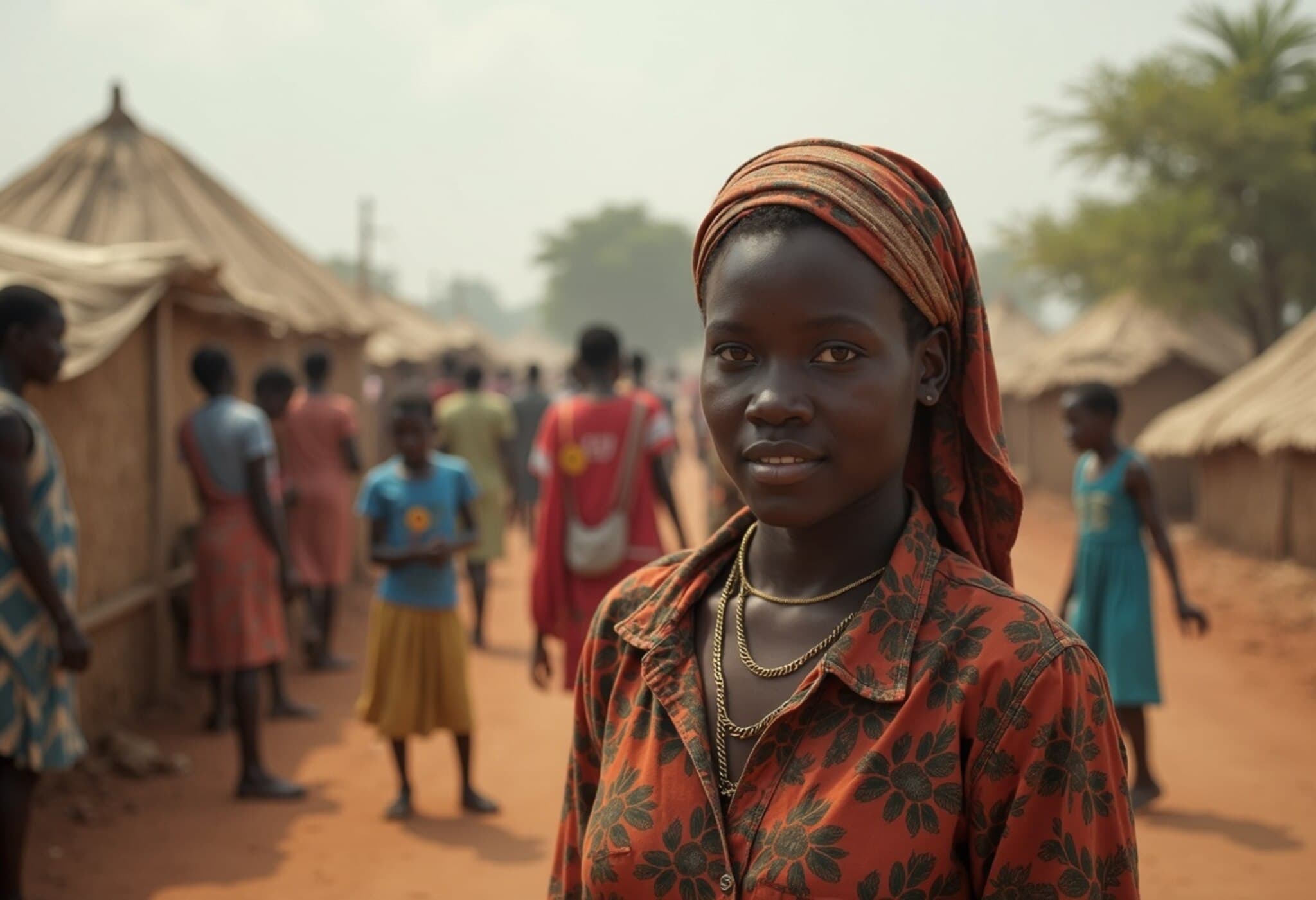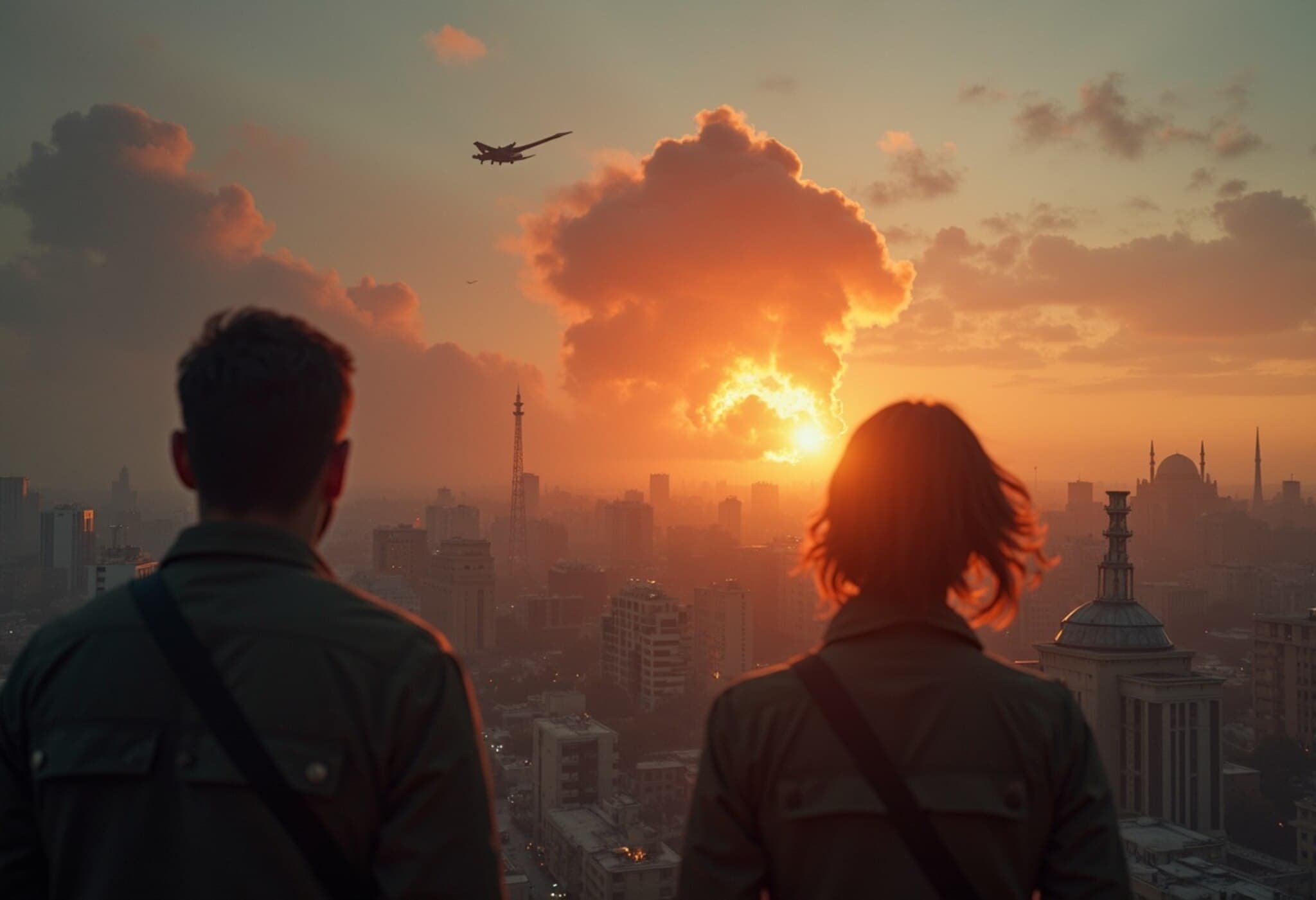Peaceful Protest Turns Turbulent in Los Angeles
Thousands gathered across downtown Los Angeles for a large-scale demonstration against President Donald Trump, initially filled with music, balloons, and bubbles. The rally, part of the nationwide "No Kings" protests, was the largest in over a week of demonstrations sparked by the Trump administration’s aggressive immigration raids.
What began as a festive march quickly shifted as police unexpectedly pushed crowds back using mounted officers, tear gas, and flash-bang grenades. These actions unfolded hours before an 8:00 pm curfew, leading to confusion and frustration among participants who were caught off guard by the sudden crackdown.
Authorities Cite Violence by a Small Group
A police spokesperson explained the dispersal was triggered by a "small group of agitators" throwing rocks, bottles, and fireworks at law enforcement. Authorities warned that arrests would be made if demonstrators refused to leave the area, asserting they had exercised restraint "all day." Despite the show's intensity, official reports indicated the National Guard and Marine troops deployed to Los Angeles were not directly involved in the clashes. Instead, local police and sheriff’s deputies took charge.
From Indigenous Dance to Colorful Marches
The day had started on a peaceful note, with Indigenous dancers performing at City Hall amid the lively sounds of drums beating on metal barriers and tantalizing street food aromas. Protesters carried a towering balloon caricature of Trump as a diaper-clad baby, drawing laughter and chants as they paraded through downtown streets.
- Families arrived with children and dogs.
- Bypassers at food markets cheered and honked in support.
- Signs displayed clever slogans like "No faux-king Trump" and "ICE belongs in my matcha, not the streets."
Strong Messages Amid Diverse Symbols
While many signs used humor or wordplay, others carried sharper critiques, including profanities and political comparisons. Images depicted President Trump alongside North Korea’s leader, and immigration adviser Stephen Miller was labeled a "Santa Monica Fascist." Flags of the United States (some flown upside down), Mexico, El Salvador, South Korea, Palestine, California, and the LGBTQ Pride flag waved vibrant messages of resistance and unity.
One protester, Jennifer Franks, reflected a common sentiment: "This isn't a war zone. There is no reason to have the military called in here... I want my child to grow up in a nation where common sense pervades." Her words underscored deep concerns about the militarization of the city and efforts to address immigration policy through force.
Background: A City on Edge Amid Immigration Raids
The ongoing protests erupted in response to aggressive immigration enforcement actions targeting Los Angeles, the nation’s second-largest city. Although demonstrations have generally remained peaceful and contained in downtown corridors, occasional flare-ups of violence gave the Trump administration grounds to deploy thousands of National Guard troops and Marines. This military presence — rare for domestic protests and controversial among local officials — has fueled tensions even further.
Looking Ahead
As Los Angeles navigates these volatile days, the delicate balance between civil rights and public order remains under intense scrutiny. The clashes on this "No Kings" protest day illustrate the challenges authorities face in managing large-scale demonstrations while respecting constitutional freedoms.

